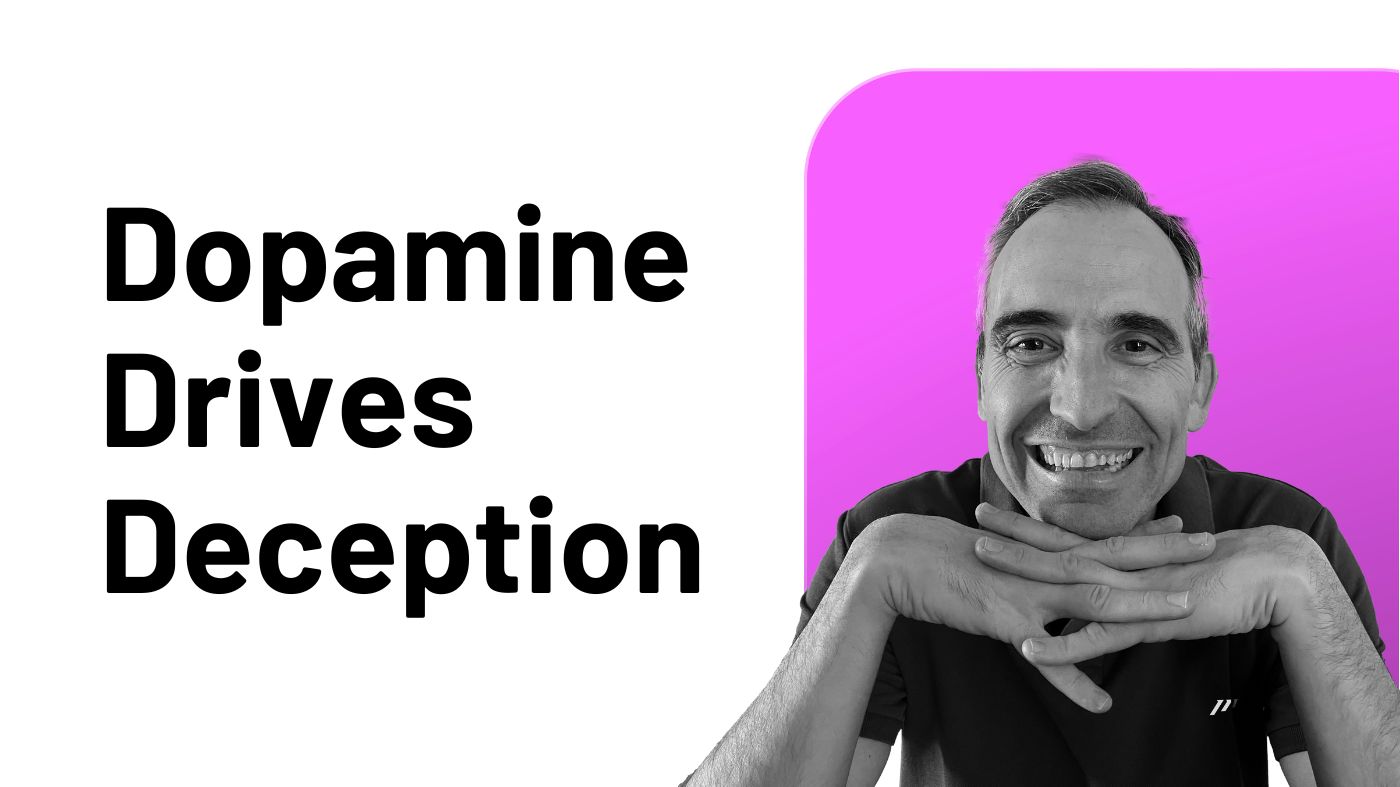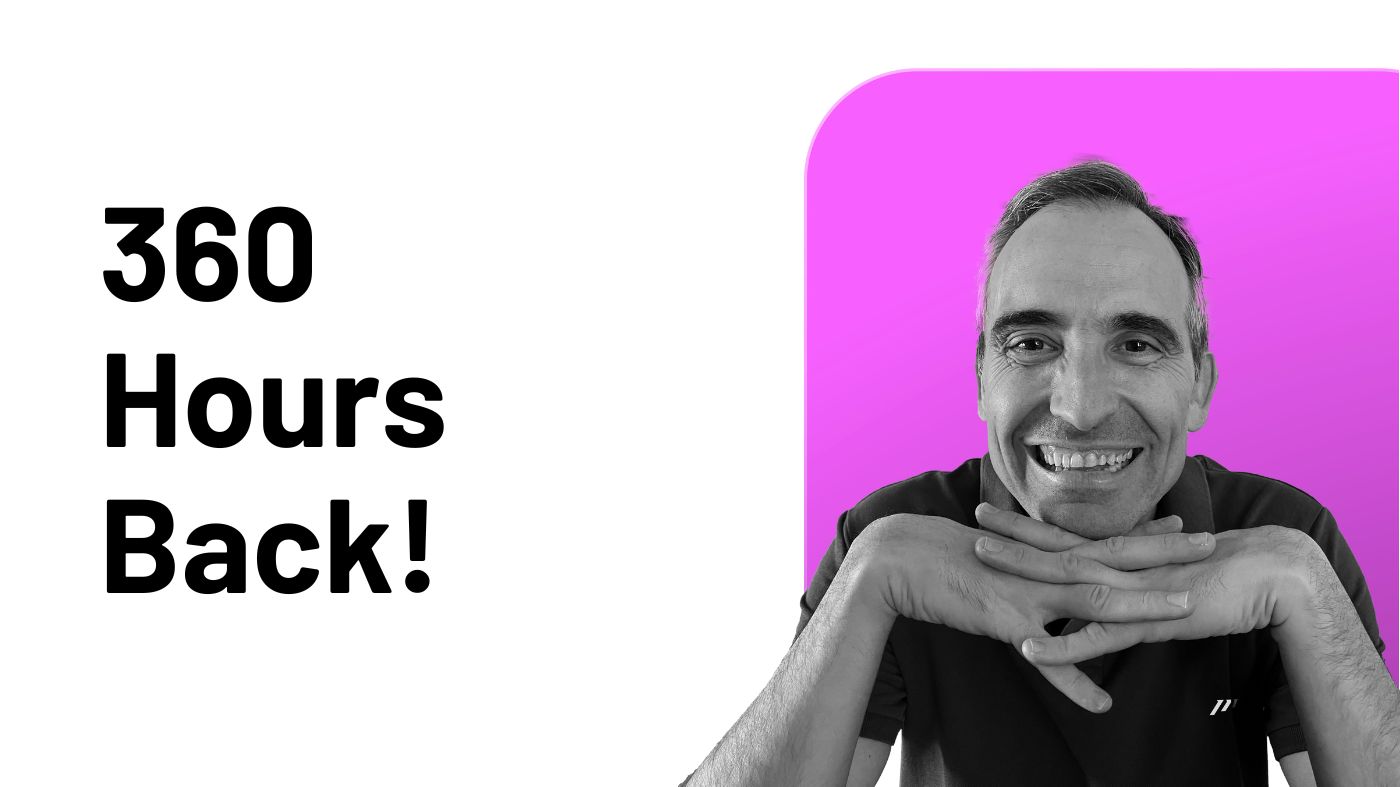Many of our Paperless Movement® Membership members often reach out to me, curious about how I manage my yearly planning.
Juggling responsibilities across four different companies, coupled with a rather intense personal life, might sound like a recipe for a challenging yearly review.
However, it’s turned out to be a surprisingly effective way to alleviate pressure, bring clarity to every aspect of my work and life, and only takes a couple of hours to cover everything.
The final outcome?
-
A crystal-clear roadmap of what I need to pay attention to.
-
A reassuring sense of control and safety.
-
And, most importantly, peace of mind.
But before diving deeper, let’s begin with the basics: What exactly are yearly goals and goals in general?
What’s the True Meaning of Goals?
Goals today aren’t what they used to be, especially when it comes to yearly goals. This concept feels “outdated”.
In our fast-paced world, planning life on a yearly basis is unrealistic. You can’t even predict tomorrow’s happenings.
I realized this in 2020, when my businesses were thriving and COVID blindsided me. It was a harsh dose of reality, underscoring the sometimes cruel and merciless nature of life.
However, this doesn’t imply we should live recklessly without analysis, vision, or plans.
Understanding the true meaning and utility of goals is crucial as they’re key elements to live a life of purpose. They’re not merely targets to be achieved. Let me delve into some nuances.
In our ICOR® methodology at the Paperless Movement®, developed for creating a productivity system end to end, goals are multifaceted:
-
They group second-level Output Elements: projects, workstreams, and operations.
-
They clarify WHAT we aim to achieve, but…
-
… they don’t always literally represent our desired outcomes. They often serve more as a direction, guiding our efforts.
This nuanced approach to goals is transformative.
Goals are no longer rigid; they allow for a flexible system that’s open to new opportunities, which are key to success in today’s ever-changing landscape.
Goals also set boundaries, helping maintain control and direction.
Once you grasp the real essence of goals, I can guide you through the simple and intuitive steps of my yearly review, a process that, I insist, takes me just a couple of hours (and shouldn’t take any longer for you as a busy professional).
My Yearly Review Explained in Just 2 Easy Steps
For decades, I’ve been dedicated to a two-step approach that I can confidently say has proven effective, at least for me.
It’s straightforward, quick, and incredibly useful.
My life revolves around a concept I playfully call “MY LIFE” – yes, I pride myself on my creativity!
The structure of “MY LIFE” is built on three core elements:
-
Key Elements (KEs): These are the “non-negotiables”, the absolute essentials of your life. They’re what you need to focus on, things you need to take care of, like, for example, your business, family, personal growth, or health.
-
Topics: This is where your interests come into play. It’s about diving deeper into subjects that captivate you, subjects you’re keen on exploring further, whether it’s leadership, business management, real estate, productivity, meditation, or anything else you’re passionate about.
-
Roles: Here, we talk about the various hats you wear in life. It’s about acknowledging and embracing your different roles, whether you’re a parent, boss, employee, child, sibling, or partner. Each role comes with its own set of interactions, responsibilities, and contributions… and goals.
Now that you have a glimpse into how I organize my life, let’s delve into how I drive my yearly review with these two steps.
Step 1: Set Goals (the WHAT)
I swiftly review my Key Elements (KEs) and roles, quickly outlining my goals.
For example, take one of my businesses, a KE in my case, where I aim to enhance control mechanisms. Additionally, on a more personal level, travel is another key element for me. I’m looking forward to exploring a new country. That’s another goal for me this year.
Goals vary in specificity, but their essence is to provide a clear direction or outcome.
They don’t have to be overly detailed; just set them and let them evolve naturally (step 2 will help quite a bit).
After setting my goals for KEs and roles, I turn to Topics.
Here, the sole task is to identify the topics that really captivate my interest.
I adhere to a crucial principle: limit myself to a maximum of three primary topics (I call them Top Topics).
This constraint significantly aids in the process of capturing information from the outer world. It narrows my focus, making the “Capturing Beast” mental model we’ve designed in ICOR® more effective by streamlining the information I capture and process.
This approach doesn’t entirely exclude information beyond my top three topics, but it does prioritize them, ensuring I focus much more on them.
Step 2: Create Projects and Habits (the HOW)
I’ve found a golden rule that serves me well.
Essentially, there are only two ways to achieving any goal: through a project or a habit.
Personally, I lean towards habits, as they align better with my belief in systems. I’m a firm advocate of system-building, recognizing that we, as humans, are systems ourselves. The more we integrate into these systems, the more efficiently we perform and live.
“The purpose of setting goals is to win the game. The purpose of building systems is to continue playing the game.” — James Clear
Habits mesh seamlessly with systems; you slot them into your schedule and let them run on autopilot. This automation significantly reduces effort and eliminates friction, suffering, and pain. Over time, these habits compound, ultimately leading you to your goals with ease.
In contrast, projects are quite different.
They begin, have deadlines, and bring pressure, which I’m not fond of.
However, sometimes they’re unavoidable, like when launching a course, introducing a new product, or preparing for an important lecture. These are all projects that require attention.
Once you’ve outlined the projects or habits needed for each goal set in the first step, the next step is to incorporate them into your chosen software tool.
I’ll share the set of tools I use, illustrating how the “one app fits all” approach often falls short.
The key to building a solid Productivity System always lies in leveraging the strengths of each tool to create a workflow that operates seamlessly and without friction.
The Set of Tools I Use to Put My Yearly Review into Action
You’ll see how I use each tool exclusively for its intended features and areas where they excel. That’s where peak performance lives.
Tana
Tana, as an outliner, is fantastic for initial structuring of thoughts, especially for brain dumps.
It’s where I quickly note down my goals for each key element and role.
I also use Tana to list topics, marking the top ones with a special supertag.
This tool is also my go-to for managing personal projects, as it lets me add thoughts, inspirations, or relevant info effortlessly.
Goalscape
This year, I’m exploring Goalscape, a new tool that appeared in my life.
It’s tailor-made for goal setting, which I find compelling in a tool.
Whenever I come across a tool that’s been crafted for a very specific purpose and with clear intent, I always make it a point to try it out.
The way Goalscape lets me visualize and size my goals, offering a bird’s eye view and focused perspectives, is a game-changer.
It’s a step up from previous tools like Mindnode, Xmind, Miro, Scrintal, or Heptabase, which I’ve used for similar purposes.
Tom Solid, the founder of Paperless Movement®, and I even made a video about our initial impressions, which you can watch here.
ClickUp, Sunsama, and Todoist
At the Paperless Movement®, ClickUp is our project management tool of choice, where all company-related projects are organized.
For personal projects, I turn to Sunsama and Todoist to manage the actual tasks.
Streaks
Streaks is another excellent, purpose-built tool for habit tracking across devices.
Its seamless integration on both desktop and mobile helps me maintain my habits effortlessly.
I set up all my habits and their frequencies in Streaks for easy daily tracking.
Last Thoughts
Although I refer to it as my yearly review, that doesn’t necessarily define my activities for the entire year. I prefer to see it as “a moment to pause and reflect about my life”.
My real planning is more segmented.
I think in quarters and focus primarily on monthly objectives, with a keen emphasis on weekly targets.
Each week, I zero in on the key tasks essential for progressing towards my larger goals. This approach turns every week into a fresh starting point, enabling me to align my plans with the current reality.
Using multiple tools, I gain diverse and insightful perspectives on my situation, greatly enhancing my decision-making.
This versatility allows me to adapt my plans and actions with ease, constantly answering the pivotal question, “What should I do now?”.
In today’s ever-changing world, continual adjustment is vital, as reality shifts almost every second. When unexpected opportunities arise that align with my goals, or even present new ones, I trust my instincts and my productivity system to guide me.
Only events that are genuinely “life-changing” have the power to steer me away from my main goals.
I don’t subscribe to rigid planning; I advocate for flexibility.
This doesn’t imply a lack of planning, but rather acknowledges the dynamism of the world we live in today.
If you’re keen on creating a productivity system that’s just right for you, complete with the perfect set of tools to make it all work, I invite you to join our Paperless Movement® Membership.
We specialize in exactly that!




